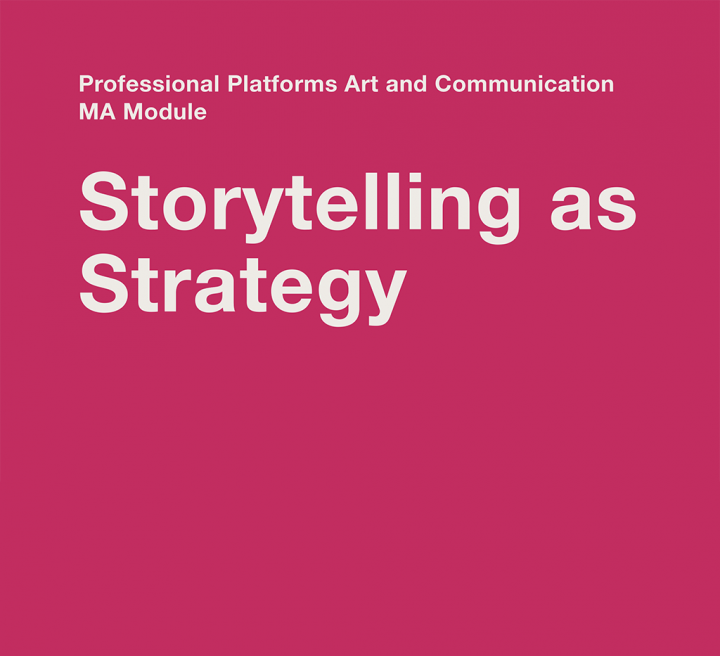Dr. Anneke Pettican started by going through four points with us 1. Reflect and iterate, where we should write and sketch our story and then look again to see if we have missed something and include it. 2. Ideate to imagine and come up with a strategy. 3. Ending as beginning my understanding of this is that you have to see the end goal and formulate a starting point on ways to get there. 4. Agile design when you have a plan and start to execute it but along the way you come across something that wasn’t in the plan but is included because it works towards your end goal.
Within the lecture we were given visual thinking tasks that we executed within set times, 15mins, 10 mins and 5 mins respectively, we started by sketching our morning as a story in 8 frames and then chose a frame to re-iterate on, by including more detail and perspective. Ideation is what we was doing.
We were shown examples from Simeon Barclay, Jessica Hische, https://jessicahische.is/ Ken Garland http://www.designishistory.com/1960/first-things-first/ and Alex Trochut. An example of Alex Trochut’s ‘Truth AF’ word was shown and how various artist showcased their treatments on it, is found here: https://alextrochut.com/project/truth this is a collection of inspiration and ideation. One of the animated examples shown in class was of a report with blocks of copy hidden like redacted information, which I interpreted as the ‘Truth’.
We were asked to write 8 words and I wrote ‘Fibonacci sequence (The Golden Ratio) in art / design’. My task for this week is to choose the most suitable typeface to reflect each word. Another task was to choose 1 word from the 8 above, I chose ‘design’ and we was asked to visually do something.

I wanted to experiment with Adobe’s font pack, so I have chosen https://fonts.adobe.com/collections/fonts-for-clean-stylish-web-experiences to show an example of my selected words ‘Fibonacci sequence’ is Continuo Regular, ‘(The Golden Ratio)’ Basic Sans Regular It and ‘in art / design’ Basic Sans Bold

I have also experimented with fonts of my own choosing on my words here Sirenia Extra Bold and Sirenia light, keeping to 2 to 3 fonts at most within layout makes it easier to read. I have chosen Sirenia for its friendly and rounded face linking to the roundness to of the golden ratio.

3. Here is my take on the word ‘design’. Max Miedinger and Eduard Hoffmann designed the typeface Helvetica, and it was later reworked in 1983 to Helvetica Neue (Linotype Foundry). It is the world’s most famous font. Used ubiquitously by graphic designers. As the grid is used by architects, designers, and artists I thought this treatment of the word ‘design’ would sit appropriately here.

The Visual History of Type by Paul McNeil is a book I bought 3 or 4 years ago, it as 320 typefaces fully illustrated and has been an invaluable reference book.
References:
https://alextrochut.com/project/truth
McNeil, P. (2017). The Visual History of Type. Laurence King.

